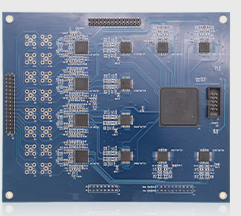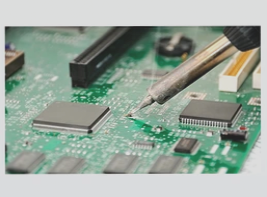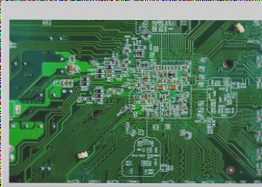FPC Processing Technologies Advancements
Double-sided FPCs are commonly processed using punching techniques, but there are alternative methods available to meet specific requirements. With the growing demand for higher precision and increased diversification, new innovative processing technologies have emerged.
1. FPC Shape and Hole Processing Technology
Punching remains the primary method for batch processing of FPCs. For smaller batches and samples, CNC drilling and milling are typically used. However, to meet future demands for dimensional accuracy and positional precision, newer technologies such as laser etching, plasma etching, and chemical etching are being adopted alongside traditional methods.

2. Innovative Shape Processing Technologies
New processing methods like chemical etching offer exceptional positional accuracy, high production efficiency, and cost-effectiveness. These techniques are often combined with punching for optimal results.
3. FPC Guide Hole
Also known as a positioning hole, the guide hole is crucial for aligning with the line pattern on the FPC. While automated processes using CCD cameras for alignment exist, drilling positioning holes based on copper foil reference marks is the most common and effective method for enhancing accuracy and production efficiency.
4. FPC Punching
Punching utilizes molds on hydraulic or crank presses for hole and shape processing. Various molds are available and can sometimes be repurposed for other processes.
5. FPC Milling Processing
Milling is a quick and cost-effective method, but mold production can be expensive and time-consuming, posing challenges for rapid prototyping. Providing numerical control data alongside CAD data enables immediate operations, with extended milling times leading to higher costs. Integrated adjustment processing is ideal for high-value, low-quantity products or short trial production periods.




